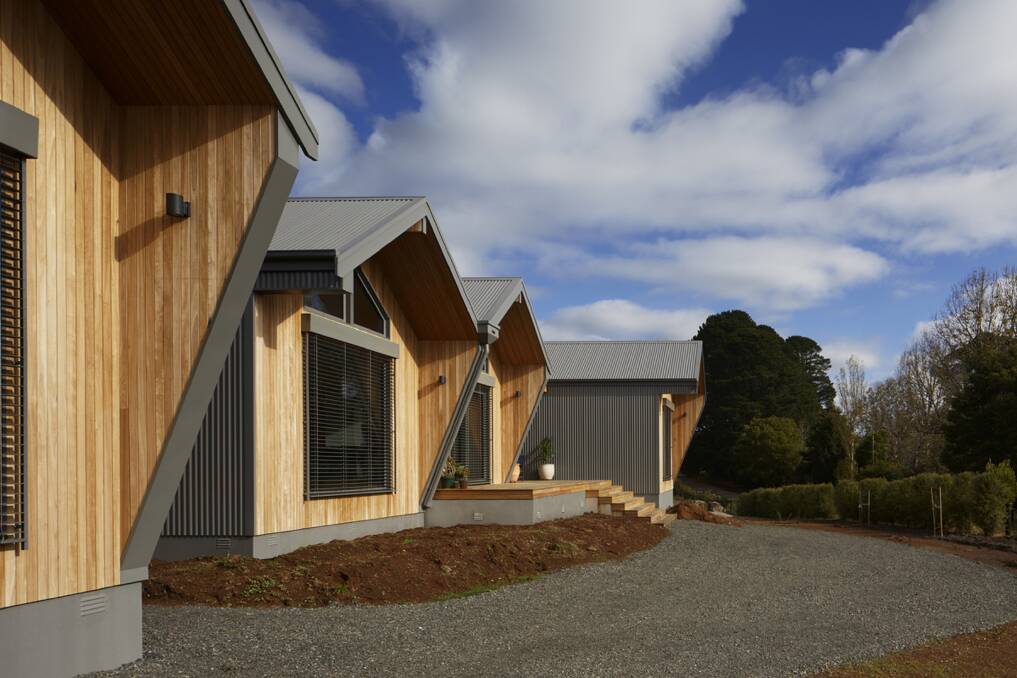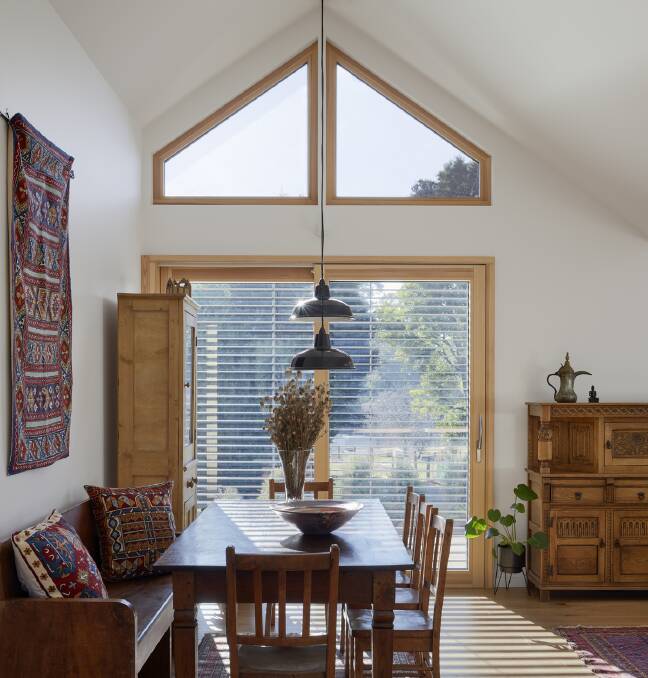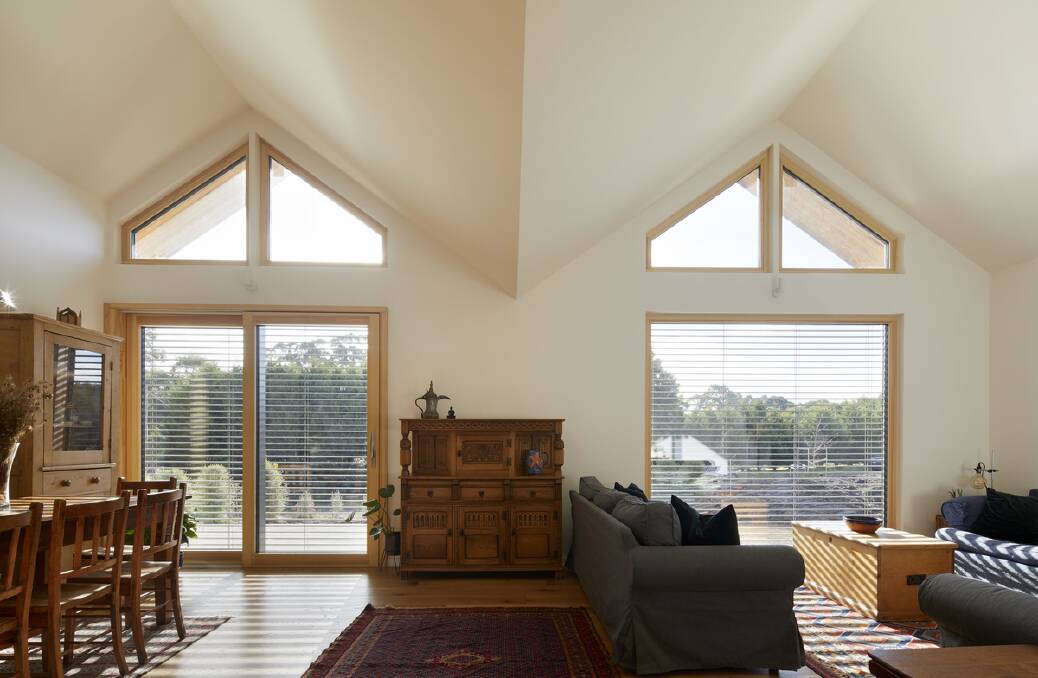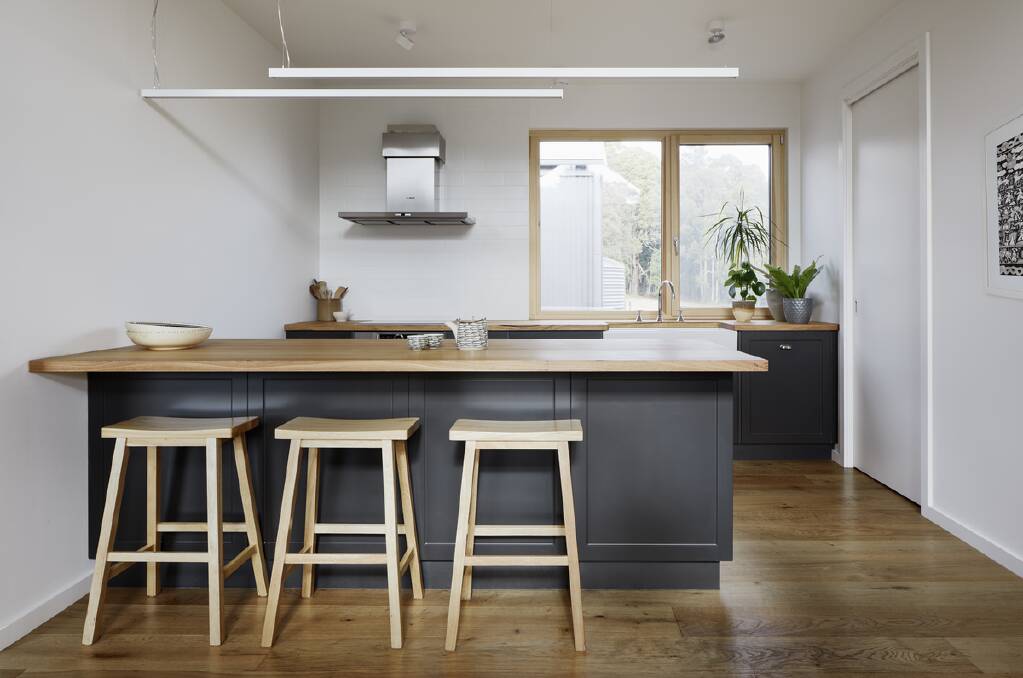
Ever felt that your home is not much more than a 'wooden tent'? Or even a brick or concrete one?
Create a free account to read this article
$0/
(min cost $0)
or signup to continue reading
Full of gaps and cracks that let in drafts, disrupt thermal stability and do nothing for air quality, and, what's more, made of cheap, poor quality materials that don't last?
According to architect Talina Edwards, Australians have been living in such substandard buildings for too long, and it's time to act. Or to get 'passive', as it happens.
"Australia is about 30 years behind the northern hemisphere when it comes to world's best practice for building," she said. "Our homes are so poorly insulated and drafty."
This is one architect who is part of a changing landscape in home design.
Talina Edwards Architecture recently won the Sustainability Medal at the 2019 Architeam Awards for the Owl Woods Passive House project. The building was also an official finalist in the New Home Category at the 2019 Sustainability Awards.

Built in Trentham, Victoria, the owners wanted a 'tree-change' home that was 'just-enough' in terms of size, while also being comfortable, sustainable, functional, flexible, healthy and beautiful.
The architectural response was inspired by the surrounding bushland and farming land.
The design echoes a cluster of farm sheds or birdhouses, while also being reminiscent of a Scottish village where the owners have previously lived.
Trentham has an altitude of 700m above sea level, so the area has weather that varies between snow in winter to summer temperatures reaching 40 degrees.

For the new home to be climate-responsive, comfortable, sustainable and energy-efficient, the decision was made to design and construct the home to meet international Passivhaus standards.
'Passivhaus' refers to a strict set of international standards that allow for stable indoor temperatures and a healthy indoor environment with low running costs. Originally a German approach to house design, it offers huge environmental credentials and dramatically reduced power costs, no matter what country you live in.

Generous visual and physical connections to nature, natural light and materials are integral to the design, while the contemporary pavilion style layout creates diverse indoor environments for its users to experience.
The pitched roofs stretch out to the north in a unique 'birds-beak' shape for summer shading.
The orientation of the house is slightly north-west due to the 'building envelope' specified for the site - in response the roofs fold down on the western sides, forming wings to shelter each pavilion from afternoon summer sun.
External blinds, and deciduous planting also help shade the house at different times of the day and year.
The home takes advantage of the winter sun to provide passive heating to the centrally located living areas, and the bedroom/bathroom zones to each side, which are connected by functional linkways and courtyard spaces which perform as outdoor rooms.
The modest sized home has a couple of 'bedrooms' which are flexible as guest rooms or as everyday office/study/living areas.
Rather than just being 'tin sheds', lovely radial-sawn native timber cladding was introduced to complement the grey corrugated steel, and soften the overall feel of the home and create that connection back to the surrounding bushland.

